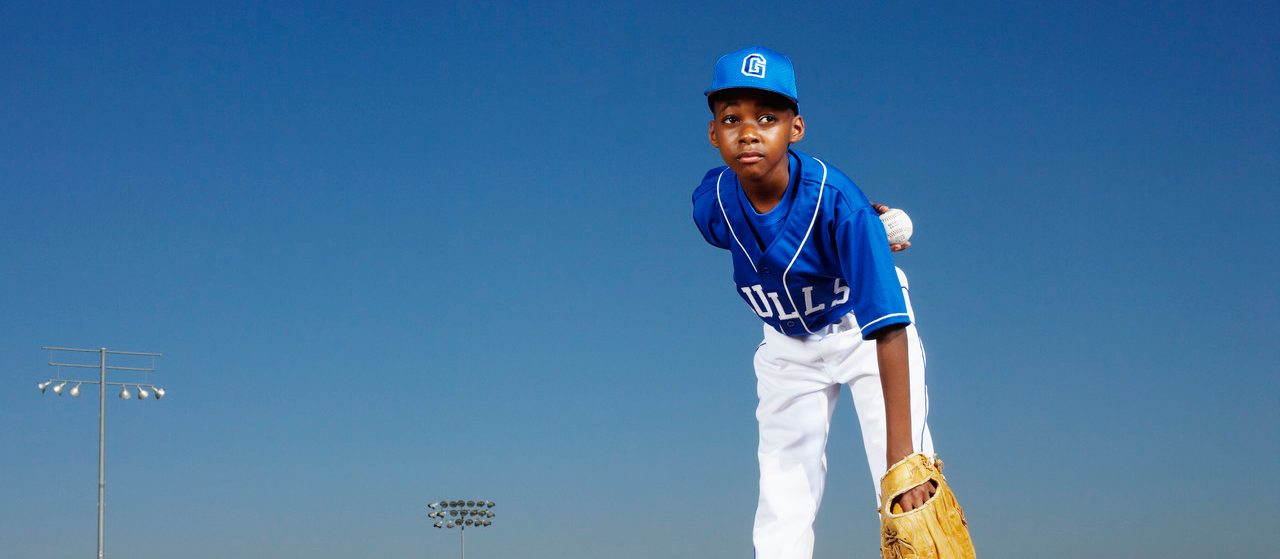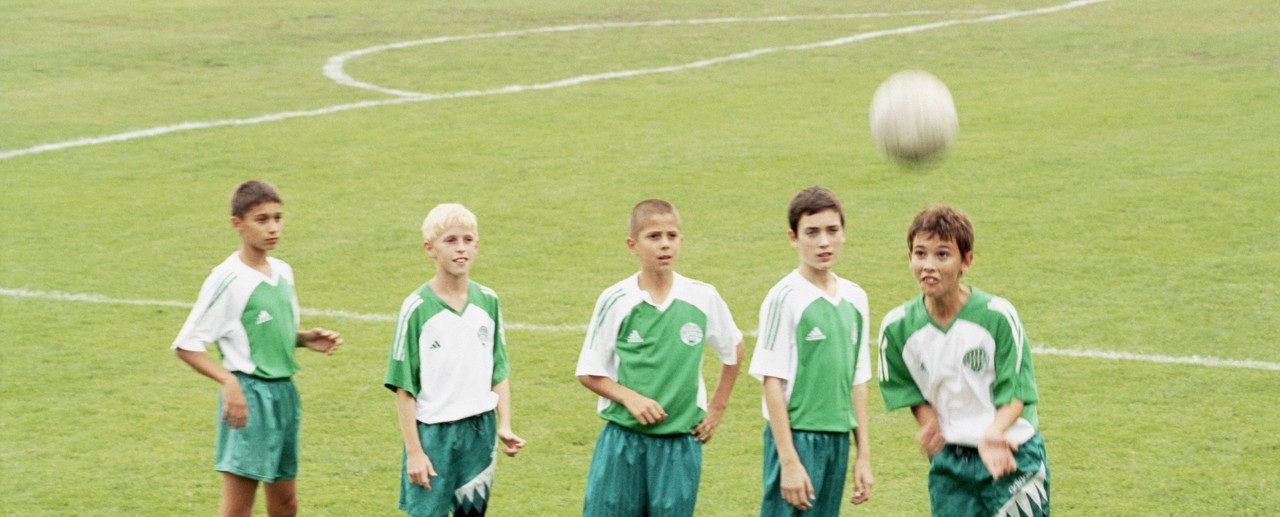February 23, 2018
Baseball: Precocious Talent, Diminishing Longevity

If you are a baseball fan, you are well aware of the epidemic of injuries in young pitchers. If you aren’t a baseball fan, it’s worth your while to consider what is going on and why, as it speaks to a growing trend in how we raise children and cultivate their unique talents.
YOU MIGHT ALSO LIKE: Why Fine Motor Skills Activity Matters More Than We Think
Baseball pitchers, particularly those who reach the professional level, have always been at risk for injuries for the physical architecture that supports throwing (e.g., arm, shoulder, elbow, tendons, ligaments). Throwing a baseball over 90 miles per hour (and now more routinely closer to 100 mph), over and over again, creates a strain that is exaggerated because the pitching motion isn’t a “normal” stress on the physical architecture. In addition, pitchers utilize different grips and motions, which create even more stress. So it makes sense that arm injuries occur.
What is disconcerting nowadays is not the occurrence of injury, but rather the frequency, and the ages, when it is occurring. I can certainly recall promising pitchers over the decades who had their careers cut short because of disabling injuries. However, it did not seem like nearly every young pitcher was at risk for premature issues and a truncated life as a major league pitcher. Let’s take it way back to 1969, the year the “Amazin’ Mets” won the World Series. Gary Gentry was a terrific young pitcher who started game three of that series against the Baltimore Orioles, and his career ended a few years later because of injury. That said, the pitcher who came in to relieve Gentry in that game had a pretty long, successful career – that was a guy by the name of Nolan Ryan, one of the hardest throwing pitchers in the history of the game who maintained that velocity well into his forties. The Mets staff also included power pitcher Tom Seaver, who also had a very long, illustrious career that spanned decades and was one of the all-time greats. We can dig deeper and reference Jerry Koozman and Tim McGraw, but you get the point. That’s what my memory has been of pitchers; a few would suffer career-ending injuries, but many would go on to pitch for decades.
Consider the current starting pitchers on the New York Mets, a group that’s been touted as potentially the best in baseball. Jacob deGrom, Matt Harvey, Noah Syndergaard, Steven Matz, and Zach Wheeler are all in their twenties – and all have had substantial arm injuries that have shut them down for parts, or all, of seasons. The ones that are healthy this year are on “pitch counts” and have limits on the number of innings they can pitch during the year (assuming they are healthy enough to get to that). Every game brings a sense of how long the pitcher can, and will, last, with truncated starts that come under the expectations of how long a starting pitcher should produce (e.g., get through the seventh inning). It’s not just the Mets (though fans will tell you this team seems to have a disproportionate number of injuries, not just to pitchers). Pick a young pitching star at random these days, and it’s more than likely he’s had a substantial injury that required surgery and missed years of service. More to the point, so many of the best young professional pitchers have had “Tommy John” surgery, named for the procedure developed to extend the back end of a pitching career after a solid decade or more of pitching in the majors. This surgery is now too frequently performed before the career has barely begun.
So what’s changed over the years? We’d expect that health and performance would improve over the decades, not decline, given the science of sports medicine. The typical culprits over time that have been identified include:
- Kids pitching too much, too young, for too many years (including extended seasons pitching for multiple teams)
- Kids using pitches (like curveballs) too early in their developmental trajectory
- Kids pitching off a raised rubber when their bodies better handle pitching on a flat surface
- Kids trying to pitch at maximum speed all of the time
- Kids working out improperly (e.g. bulking up on weights when cultivating flexibility and leg strength would be more advantageous)
While some precautions have been in place (like limiting pitch counts), the reality is that the problem is getting worse, not better (especially if you are a Mets fan, if you haven’t picked up on that, yet). So, as promised, what does this have to do with how we raise kids?
In the parenting and education fields, we talk a lot these days about pushing kids too hard, too young, for too long. We talk about overscheduling and lack of free time and constant supervision and critiquing by adults, leading to every setting requiring a “performance” at maximum capacity. We could be referring to academics (loading up on extra courses, demanding perfect grades and test scores), extracurricular activities (racking up enough volunteer experience to hope for a spot on the short list for the Nobel Peace Prize before graduating high school), or, sports, including baseball. This constant push puts enormous strain on the psychological well-being of youth; but in many cases it also has physical effects, including both indirect (e.g., stress-related symptoms) and direct (e.g., arm injuries in pitchers) consequences. There is an extraordinary lack of understanding of the physical vulnerabilities of youth at developmental stages – for example, consider the profound risks that the developing adolescent body faces (as exemplified by the rash of knee injuries in females) – which is fueled in part by our increasing tendency to myopically push kids to push themselves way past normative physical and psychological limits, purportedly to help them be their “best” and achieve “success.”
Here’s the thing. Kids have always developed into adults who have succeeded. They used to get there in a more rational way that didn’t require twelve-hour days of work and usurped weekends until they were ready, mind and body, to devote to that type of life. But the bigger point is that those kids from prior decades not only achieved their goals but also had longevity. They had long careers. I used to wonder if those starting pitchers for the Mets would end up having that fifteen-to-twenty-year career we saw from those guys on the 1969 staff, pitching well into their thirties (and beyond) at the highest level while maintaining a heavy workload. Now I’m not sure if any of the current talented pitchers will accomplish that through their twenties.
Youths are not adults. Our goal is to help them develop appropriately across the developmental stages so that they are ready to take on adulthood with sound mind and body. Just getting to the major leagues, which is the obvious goal, really isn’t enough. That’s supposed to be the start of a long career, not the beginning of the end of it.


